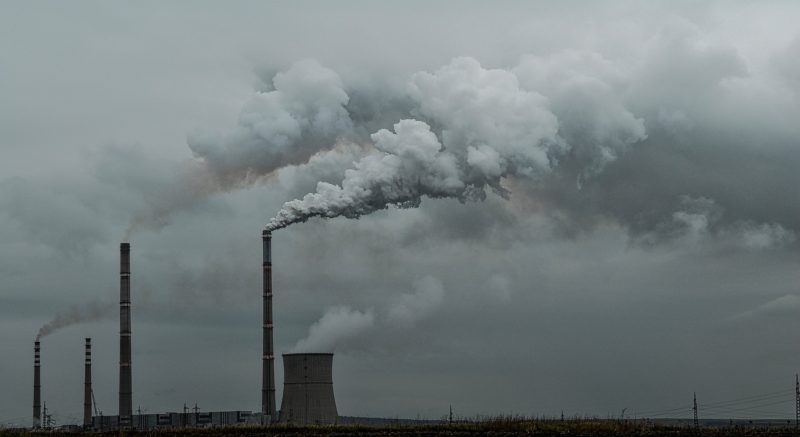In July this year, BHP launched a US$400 million Climate Investment Program to reduce its Scope 1, 2, and 3 emissions.
The company has a shorter-term plan to curb 2022 emissions from its operations (Scope 1 and 2) at 2017 levels and in the long term, to be net zero emissions by 2050.
“And we won’t stop at the mine gate; we will also increase our focus on scope 3 emissions,” said BHP CEO Andrew Mackenzie at the time.
Emissions from BHP’s power utilization and mining operations are known as Scope 1 and 2, respectively; while those generated by the company’s customers are Scope 3.
“We must take a product stewardship role for all emissions across our value chain,” said Mr. Mackenzie in July. “And commit to working with the shippers, processors, and users of our products to reduce Scope 3 emissions.”
The company reiterated this last-mentioned goal on Tuesday, according to the Australian Financial Review:
”As we work to develop an integrated product stewardship strategy in (the financial year 2020) we intend to look to identify additional opportunities to work with others in our value chain to influence emissions reductions. We also intend to set public goals related to Scope 3 emissions.”
In a document titled “BHP Scope 3 Emissions Calculation Methodology 2019,” the company estimated that Scope 3 emissions related to fossil fuel products (coal, oil, and gas) were 232.7 million tonnes of carbon dioxide equivalent gases in the year to June 30.
In contrast, emissions from the other elements of BHP’s business, including copper and iron ore, were 304.7 million tonnes of carbon dioxide equivalent.
Mr. Mackenzie had commented earlier this year that decarbonization and renewables were good for BHP because they use more of minerals and metals.
It is also a fact that global investors and institutions have become climate-conscious and avoid companies with a poor ESG (Environment, Social, Governance) record.
For example, Norges Bank Investment Management, the asset management arm of the Norwegian oil fund, said in June that it would cease to invest in companies that mine more than 20 million tonnes of coal annually. Other climate-focused investors include California Public Employees Retirement System (Calpers), Australia’s Unisuper, and New York’s Teachers Insurance and Annuity Association (TIAA).
Resource companies, therefore, have a financial imperative to heed these powerful investors.
Read the AFR article HERE.
Feature image source: Pixabay

